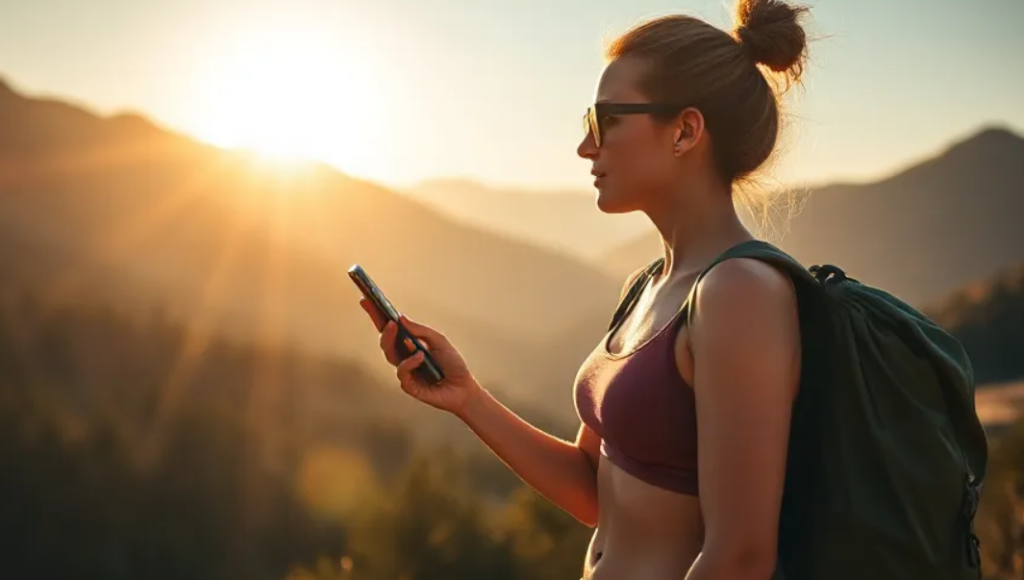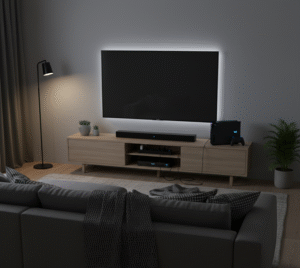A couple of years ago, I was at a festival where I found myself stranded with a dead phone. Relatable, right? A power bank at 5%, and no outlets in sight. I was, however, surrounded by sunlight. Literal beams of energy and zero way to harness it. That’s when I first stumbled across solar-powered backpacks.
At the time, they sounded like a gimmick. Now? They’ve quietly become one of my most-used tools.
Let’s break down why.
The Problem We Don’t Realize We Have
We’ve normalized being tethered—to walls, to power banks, to car chargers. Although wireless earbuds and headsets are quite common, for some reason this hasn’t translated to charging yet. But if you’re:
- someone who travels often,
- spends time outdoors (even casually),
- or just forget to charge your phone like, all the time…
…then you know the mini panic that comes with a 2% battery warning.
Traditional power banks only go so far as one-time fixes. But solar-powered backpacks? They generate their juice.
What Exactly Is a Solar-Powered Backpack?

At its core, it’s a regular backpack but with a built-in solar panel and sometimes a removable battery pack. While you’re out walking, hiking, commuting, or biking, it slowly charges up. And that energy can power:
- phones,
- tablets,
- cameras,
- small lights,
- even a portable fan if you’re feeling fancy.
Some newer models are even water-resistant, so no issue if you encounter a river and have to swim through it( can’t guarantee the safety of your phone though). Many have enough space to accommodate a laptop and other gear that you might have.
I Tried One for 30 Days: Here’s What Surprised Me
I picked up a mid-range solar backpack before a short camping trip. I didn’t expect much.
After a month of use between city commutes and weekend hikes this is what I learned :
- ☀️ It works. Even partial sunlight gave me enough juice to keep my phone from dying.
- 🧳 It became my go-to carry bag. Comfortable, has good storage, and is surprisingly stylish.
- 🔌 I stopped relying on outlets. No more awkwardly standing by wall plugs at airports or cafes.
Was it a total replacement for a power bank? Not quite. But it became a self-charging power bank: one I didn’t have to think about.
When Does It Make Sense to Get One?

A solar-powered backpack might be a smart pick if you:
- Are you someone who wants to spend time off the grid? Even just on weekends?
- Commute daily and want a backup energy source?
- Travel often and want one less thing to plug in?
- Want to reduce your reliance on disposable energy?
If yes to any of the above questions, then yeah, this could be for you.
Bonus: You’re making a small step toward sustainability. And yeah, that matters.
What to Look for Before Buying
Not all solar-powered backpacks are created equal. Here are a few tips:
| Feature | Why It Matters |
|---|---|
| Wattage (5W–10W+) | Higher wattage = faster charging |
| Battery Included? | Some only charge while in sunlight; others store power |
| Water Resistance | A must if you’ll be outdoors |
| USB Output | Make sure it’s compatible with your devices |
| Panel Detachability | Helpful for adjusting panel angle in low-sun areas |
Brands like XD Design, Voltaic Systems, and Solgaard are good starting points.
Final Thoughts: A Gimmick No More
Well, doesn’t a solar-powered backpack sound like an extremely nerdy accessory meant for gadget nerds? I used to think so. But in a world where we’re always connected, and always low on battery, it’s kind of genius to have a bag that quietly powers your life while you move through your day.
It’s not just about charging—it’s about freeing yourself from outlets, even just a little.
What Would You Power First?
Would you charge your phone? A GoPro? Maybe your camping lights or a Bluetooth speaker? Let me know in the comments—or if you’re using one already, drop your experience.





